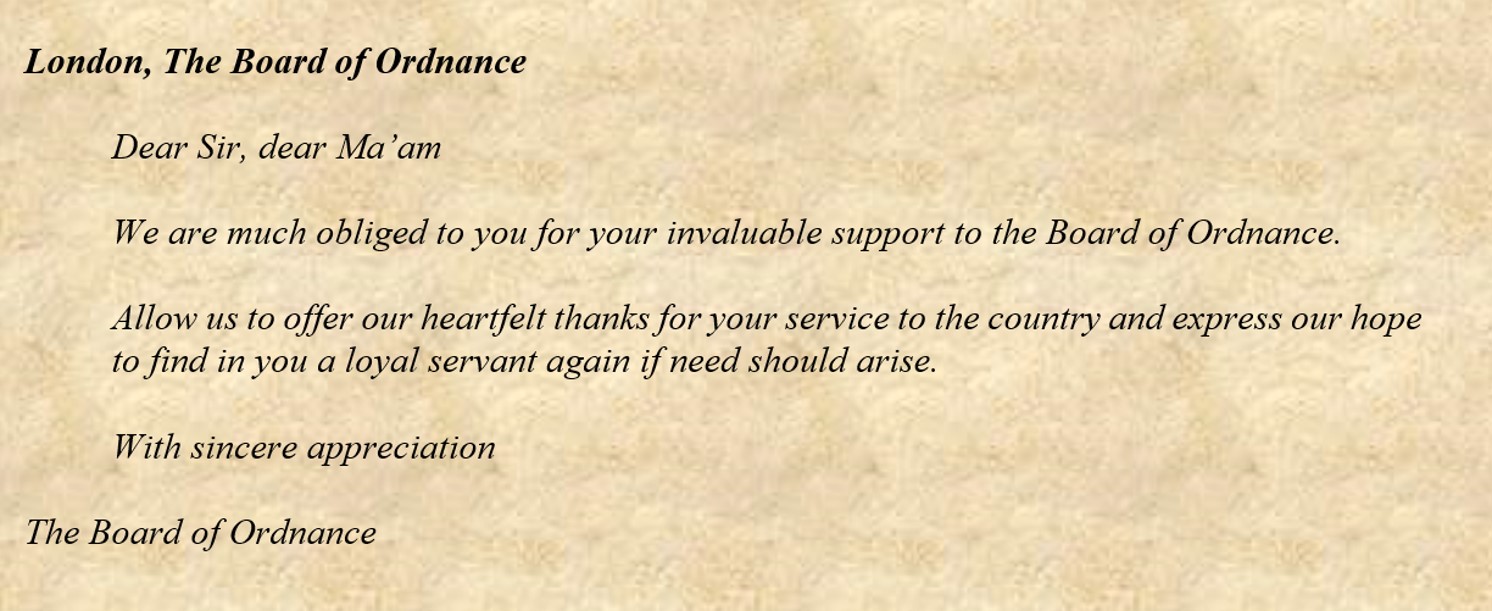Summary
Today, we consider the Napoleonic Wars a total war, as whole nations were involved fighting against the enemy or working in the war economy. The beginning of the Industrial Revolution made it possible to mass-produce weapons. The largest single manufacturer of armaments was Britain. It supplied most of the weapons used by the coalition powers.
Securing victory required more than producing arms, of course: recruiting and training men, building fortifications, improving gun-powder, collecting information about the enemy, … the list is endless. And the cost was high. It is estimated that the army alone cost 18,581,000 pounds in 1805.
Whatever the difficulties once were, I hope you enjoyed reading about the strategies and challenges.
You might want to continue with the following related articles:
- Attractive, Distinctive, One Size: The Military Uniform in the Late 18th Century
- The Origin of Now, part 2 From Mysore with Love: Revolution in Warfar
- Wellington: A Hero, His Earnings, and His Score on the Marriage Market
- What Would Have Been Your Role at the Congress of Vienna 1814/1815?
- A Brief History of the Napoleonic Wars told … in 10 Hand-held Fans
- Writer’s Travel Guide: The British Tourist and Napoleonic Milan
Sources
Baker, Ezekiel: “Twenty-three Years Practice and Observations with Rifle Guns”, published 1804 (https://archive.org/details/twentythreeyear00bakegoog ).
Edwards, Eric W.: The Baker Rifle; at: England, the other within – Analysing the English Collections at the Pitt Rivers Museum: http://web.prm.ox.ac.uk/england/englishness-baker-rifle.html
Knight, Roger: Britain against Napoleon. The organization of victory 1793 – 1815; Penguin Books, 2014.
Ricciardelli, Stephen: “Ezekiel Baker”; at: http://stevespages.com/baker-ezekiel.htm
The 95th (Rifle) Regiment of Foot, 2nd Battalion / Australia (living history re-enactors): “Development & Description of the Baker Rifle”; at: https://www.95thriflesaustralia.com/development-description-of-the-baker-rifle
Baker Rifle (UK), small arms of the Napoleonic War; at: http://www.historyofwar.org/articles/weapons_baker_rifle.html
“Muskets at the Battle of Waterloo, the Brown Bess”, The Field June 17, 2015; at: http://www.thefield.co.uk/shooting/muskets-at-the-battle-of-waterloo-the-brown-bess-28421

